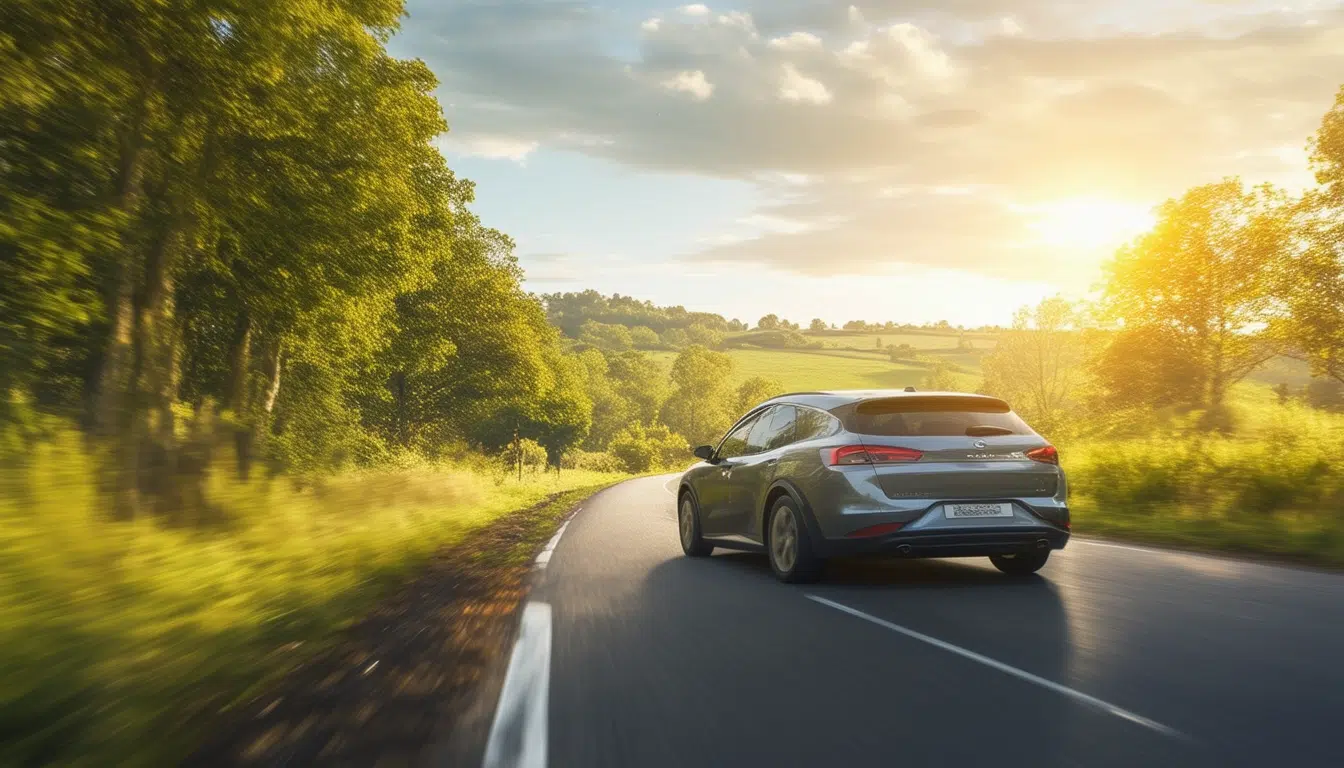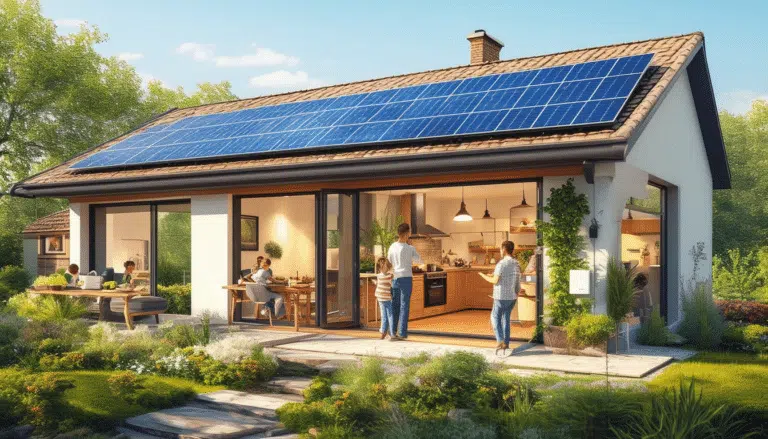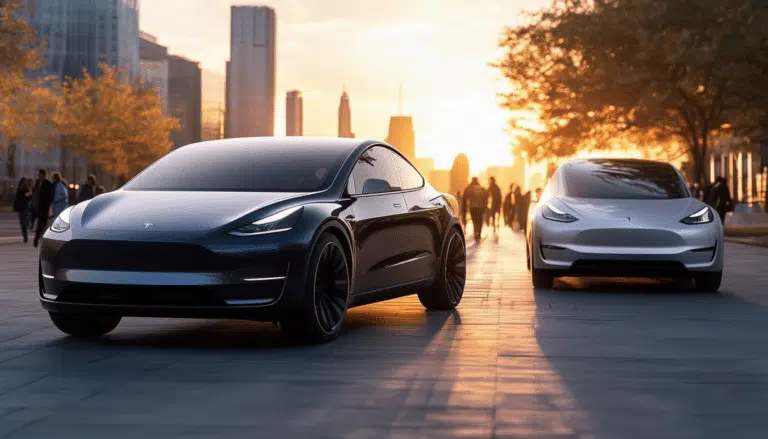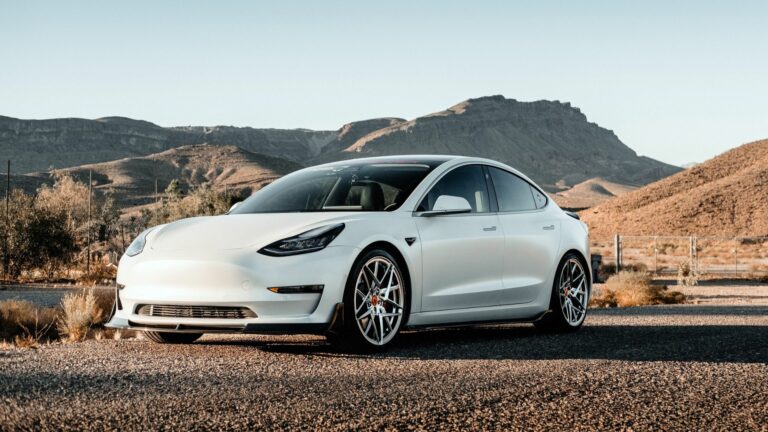Tips for saving fuel on long trips

Traveling by car can be a rewarding experience, but it can also be expensive, especially when it comes to fuel. For those looking to cut costs during their long trips, there are numerous practical tips that can help reduce gasoline consumption and make the journey more economical. From properly planning the route to correctly maintaining the vehicle, small changes in driving habits and car preparation can have a significant impact on fuel expenses.
Saving fuel during long trips is essential for reducing costs and caring for the environment. With some practical tips and efficient driving techniques, it’s possible to optimize your vehicle’s performance and make every liter of fuel count. Below, effective strategies are presented to achieve this.
Route Planning
One of the most important steps to save fuel is to adequately plan your trip. Before you set out, make sure to know the route you will take and avoid paths that may lead to congestion or unnecessary detours. Use navigation apps that offer real-time traffic conditions, as this will help you avoid delays that can increase fuel consumption.
Vehicle Maintenance
A well-maintained vehicle is more efficient in fuel consumption. Perform regular checks on the oil, air filter, and fluid levels. It’s also crucial to check the tires: maintaining the proper pressure can decrease gasoline consumption. Under-inflated tires increase road resistance, which requires more effort from the engine and thus more fuel.
Smooth and Steady Driving
The way you drive has a significant impact on fuel consumption. Maintaining a constant speed and avoiding sudden accelerations or harsh braking can reduce gasoline usage. Try using cruise control on long highways, as this will help you maintain a uniform and steady speed, which improves fuel efficiency.
Eliminate Unnecessary Weight
Another important tip is to reduce the weight of the vehicle. Before starting your trip, check the trunk and remove any items you do not need. A lighter car requires less energy to move, which translates into lower fuel consumption. Additionally, consider not using roof racks if they are not necessary, as they also increase air resistance and consumption.
Control the Air Conditioning
The use of air conditioning can increase gasoline consumption, especially on long trips. Whenever possible, use the vehicle’s ventilation instead of turning on the air conditioning. If the weather permits, consider opening the windows, although at high speeds on the highway this could have the opposite effect by increasing air resistance.
Turn Off the Engine During Long Stops
If you make a prolonged stop, such as at a traffic light or in a jam, it is advisable to turn off the engine instead of leaving it running. This saves fuel and reduces emissions. It’s a habit that may seem small, but when added up over many stops throughout the trip, it can lead to a considerable saving of gasoline.
Use Monitoring Devices
Installing a fuel consumption gauge in your vehicle can be useful for monitoring your driving efficiency. These devices provide you with real-time information about your fuel consumption, allowing you to adjust your driving style to maximize savings. Being aware of how much you consume during each part of the trip will motivate you to drive more economically.
Conclusion
Implementing these tips will not only help you save fuel on your long trips, but it will also contribute to reducing your overall expenses and protecting the environment. With a bit of planning and changes in your driving style, you’ll notice a positive impact on your budget.
When starting a long trip, it is essential to keep in mind a series of tips that will allow you to save fuel and optimize your resources. First, proper planning of the route is crucial. Using navigation tools that show you the fastest route and avoiding traffic jams can significantly reduce your time on the road, which in turn decreases gasoline consumption.
It is also crucial to keep your vehicle in optimal condition. Perform regular maintenance, such as checking the oil, brakes, and tire pressure. Well-inflated tires not only improve safety but also increase fuel efficiency. Remember that every time you drive at the appropriate speed and in a uniform manner, you contribute to making the engine run more efficiently.
It is also advisable to avoid using air conditioning during long trips, as it can increase fuel consumption. If possible, utilize the vehicle’s natural ventilation by opening the windows and avoid unnecessary braking and acceleration, which helps maintain a constant and uniform speed.
Finally, consider eliminating any unnecessary load from the vehicle, such as items in the trunk that you will not use. Every kilo counts, and lightening the car can have a noticeable impact on gasoline consumption. By following these tips, you will be on your way not only to enjoying your trip but also to saving money on fuel and contributing to environmental protection by reducing your carbon footprint.





